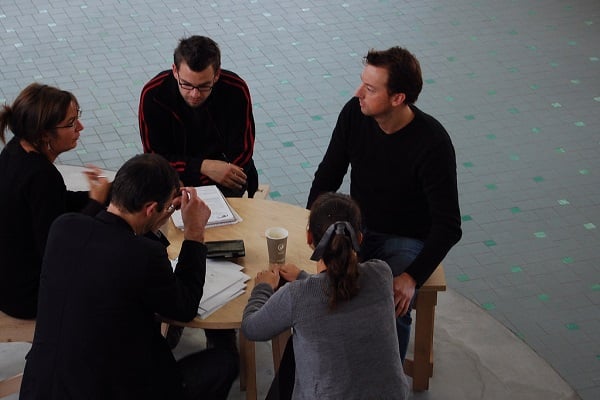Published on
Overcoming Siloes to Use Data More Strategically

Leveraging data to drive institutional change at every level—strategic, programmatic, student-facing and everything in-between—is becoming increasingly common practice among leading colleges and universities, and the ability to effect this kind of change is become more accessible. However, at many institutions grappling with the idea of leveraging Big Data, the first obstacle that must be overcome is the siloed storage of information that can make it difficult to develop a truly campus-wide view. In this interview, Param Bedi shares his thoughts on why it’s so important to take this first step and reflects on how institutions can go about overcoming data siloing.
The EvoLLLution (Evo): What are some of the most significant benefits colleges and universities could gain from leveraging data analytics?
Param Bedi (PB): Higher education institutions have a lot of data at their disposal. One of the things that we’ve been using Big Data for is student success and student engagement in their first year.. We are using predictive analytics for first-year student success. We have begun to use Big Data to understand why we’re losing the students, what the profile of these students is, and what services we need to provide to them so that they stay engaged both academically and socially on campus.
Evo: What do you mean when you say it’s important to see data from an institutional perspective rather than numerous siloed perspectives?
PB: Most institutions have very siloed approach to data management. Each division just analyzes and leverages their own data—be they the registrar’s office, admissions, faculty with the LMS, student affairs—but what we’re trying to do is bring everything together in a way that leverages all these different pieces of information. This way we can help each different division understand what they are doing, and help them to answer the strategic questions.
Ultimately, if you’re looking at data individually, you can’t truly understand why something is happening—you can just see that it is happening. What we’ve been able to do is collect and analyze a much wider array of data—pre-enrollment data, first-semester data and student affairs data—which helps us connect the dots in a significant way. We can’t do that if the data is siloed. We have worked for the past year alongside Deloitte Consulting to analyze information from the last five entering classes. That analysis has enabled us to see trends and pitfalls, and develop a model to address those challenges and facilitate first-year success
Evo: What is the impact on the bottom line of committing to an integrated institutional approach to data-based decision making?
PB: Simply put, not looking at data from an integrated institutional approach is a strategic threat. If institutions are not thinking about data-driven decision making from an integrated perspective, it’s going to have a negative impact for them in the long run.
Right now, creating an integrated data infrastructure is an opportunity to get ahead of the rest of the market. But soon everybody will be doing this and, for the institutions that have not evolved, they’re going to find themselves in a situation where they’re making decisions without an integrated approach.
Evo: What are some key steps institutional leaders can take to break down the siloes that limit the sharing and use of data?
PB: Institutional leaders need to recognize that individual departments are not the owners of this data, the institution is. That has been the key message for us. What’s more, this is not a technology project; this is an institutional project.. Our executive team comprises of leaders from institutional research, enrollment management the registrar’s office and IT. This institutional approach is enabling the outcomes.
Evo: At this early stage are you seeing benefits outside of just student retention? Are you seeing wider benefits in cost management and in staff resourcing?
PB: Our goal is to increase our first-year retention rate from 93 percent to 97 percent. Four percent of 950 students is almost 40 students for us; you can do the math. Solving the puzzle of first-year success goes a long way to ensure students stay and succeed.
Evo: Looking to the future, once you have this system in place, what are a few of the other applications that you can see for data transforming the way the institution works?
PB: The next step for us—which we haven’t done—is embedding this into every aspect of the institution. Just think about faculty advisors having access to data showing how each student is engaged in a class, not just from attending class but also from other early signals from the faculty, and how they are engaged with the learning management system.
Evo: Is there anything you’d like to add about what it takes to really create this institution wide approach to collecting viewing analyzing and then leveraging data?
PB: This needs to be a cultural shift for colleges and universities, not a technology shift. The technology is there but changing the institutional cultural to make data-informed decisions is a crucial part of this work. It gets us away from the status quo approach of continuing to do things just because it’s how we’ve always done them.
We need to be open to make this cultural shift on our campuses and to leverage the data to answer the strategic questions.
This interview has been edited for length and clarity.



